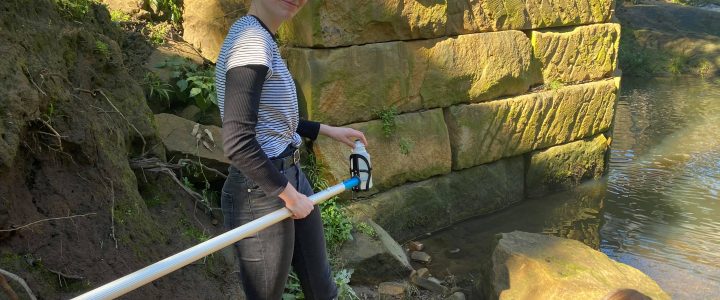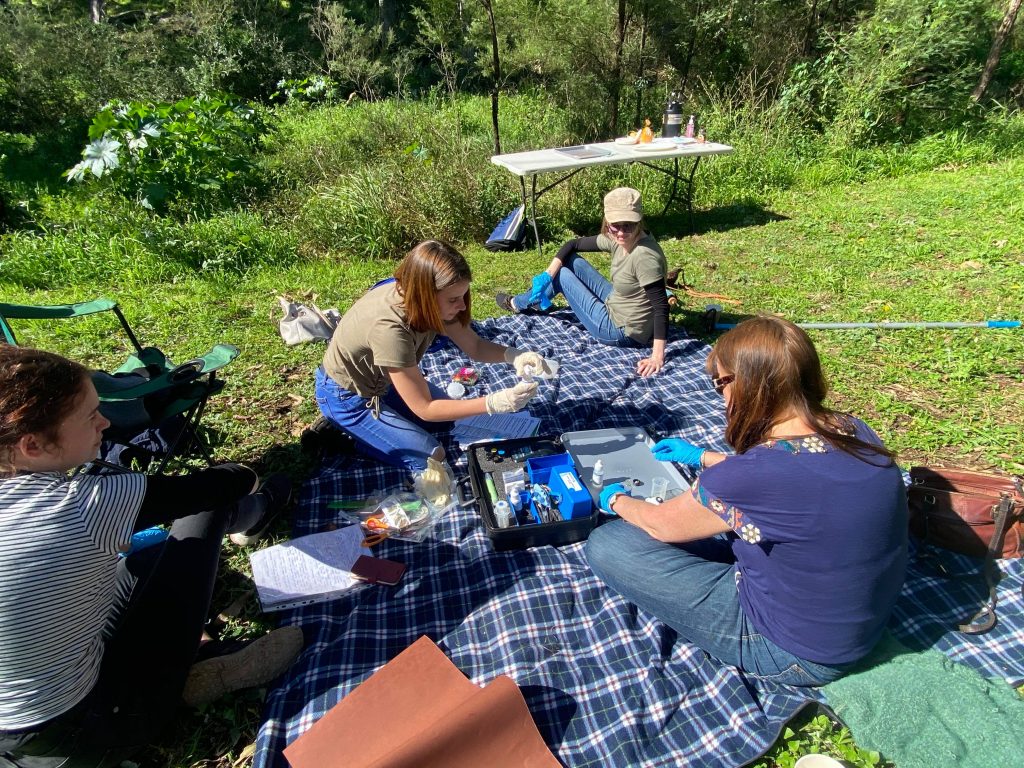What is the Cattai Aware Project?
Cattai Aware is the engagement program undertaken by Cattai Hills Environment Network CHEN educating, advocating, and celebrating the natural wonders in Cattai & Little Cattai catchments.
Story of Cattai Teaching Notes
This “Story” can be used across early learning, primary and high school situations in different ways. You may like to just read the “story” to your class. You could engage the Cattai Aware team to run the participation activity with your students, or as a school undertake a Cattai Aware session preparing all the characters and for senior students delving deeper into the ‘clean up’.
Aim
To increase knowledge and awareness of how the actions of individuals can impact on local creeks, and to illustrate how pollution negatively affects a waterway and the community that uses it.
Background Information
The ‘Story of Cattai’ introduces the concept of cumulative effects within a catchment and provides an excellent introduction to issues relating to water quality and catchment management.It is rare that the actions of one person will seriously degrade a catchment. Rather, catchment degradation usually occurs as a result of the combined actions of entire communities. The effect of this incremental pollution is the gradual degradation of waterway systems.
Preparation
For 30 students you will need:
- 1 copy of Teachers Sheet 1 – Catchment Character Name Labels
- 30 copies of Student Sheet 1 – What Happened To Our Creek?
- 2 glasses
- Paper towels, scoops, strainers and milk cartons containing sawdust (to be used for clean-up)
- Various materials representing pollutants, as outlined in the list below:
Water, vinegar, salt, toilet paper, grass clippings, brown paper, detergent, fishing line or string, vegetable oil, plastic bags and wrappers, soil, bicarbonate soda, food coloring (black, yellow, blue and green), vegetable peelings, bottle tops, ring pulls, cigarette butts, extra pollutants, washing powder, band-aids, cotton buds, cotton balls, detergent and plastic netting.
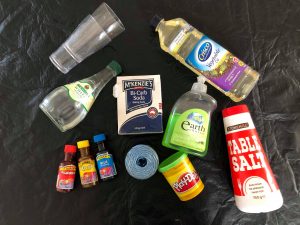
Method
- Label each plastic container with the name of a character from the story. These are found on Teacher Sheet 1 – Catchment Character Name Labels. Where additional characters are required, these can be prepared for members of ‘the community’ who dispose of various substances to the sewer.
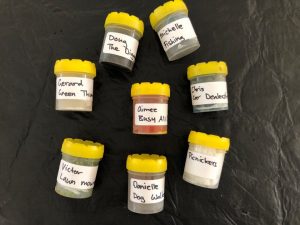
2. Add each pollutant to the labelled container, according to the ‘Catchment Characters and Pollutants’ table
3. Distribute the labelled containers to students. Tell students to be careful and to keep their container closed until the appropriate time.
4. Fill the large transparent container with clear, clean water to represent the ‘creek’. Place this in a prominent and easily accessible position, such as on a desk at the front of the classroom.
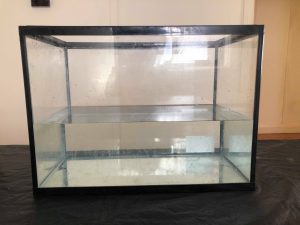
4. Introduce the ‘Story of Cattai’ and water catchments.
5. Fill one glass with water from the ‘creek’ and demonstrate its purity by pouring it from one glass to another. Set the glass aside for comparison at the end of the story.
6. Read the ‘Story of Cattai’, inviting students to come up to the ‘creek’ and empty their container into it when their character’s name is mentioned.
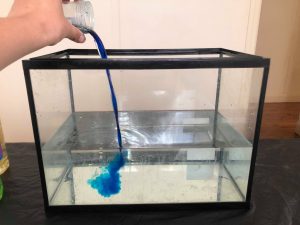
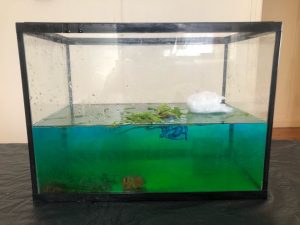
7. Hold a class discussion about what happened to the creek. Talk about the small events that lead to the creek becoming polluted. What can the characters do to reduce their impact on the creek? What changes need to occur to solve the pollution problems?
8. Encourage the students to think of how they impact on their local waterway and to think of ways that they can reduce these impacts.
9. It is important to set a positive example and dispose of this water responsibly. Strain the water through a kitchen sieve and place the solid matter in the bin. Pour the oil off into the milk cartons containing sawdust, and dispose in the bin. Pour the strained water onto a garden or lawn. Do not dispose of this water down the sink or toilet.
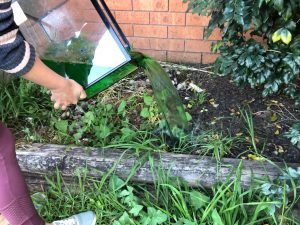
Story of Cattai
I’d like to tell you a story about a wonderful creek in our local area and how everyone within the catchment affects the creek’s health. Before I start the story, let us first think about water catchments. Can anyone tell me what a catchment is? A ‘catchment’ is an area that collects rainwater as it falls to earth. This water drains into streams and creeks, which then combine to form larger waterways, such as lakes and rivers. HINT: Demonstrate this by getting everyone to cup their hands and pretend that they are standing in the rain. Ask what would happen?
The Earth’s surface is divided into catchments. We all live in a ‘catchment’ and we all use the land within these catchments for different purposes, for example houses, farms, roads, parks and businesses. Everyone within a catchment has an effect on the water quality in its waterways. I have given each of you a small container with the name of a character from our story on it. The contents of these containers represent some of the pollutants that enter our creek. When the name of your character is mentioned in the story, I want you to come to the front of the class and empty your container into the creek (represented by a salad bowl or fish tank).
Introduction
Our Cattai Creek begins as barely a trickle, in a light industrial area in Castle Hill. All along the creek where we live there is so much degradation, which is caused by the spread of civilization.
On the side of the creek in the industrial area, sits Chris Carlover’s car dealership, is in decline, all run down. Chris sold cars for many a year but churning out pollution is what I most fear. For without the use of modern pollution equipment, Chris discharges wastewater to the creek without treatment.
Aimee Busy-all-Day is a menace at the wheel, her driving technique making her tyres screech and squeal. The dust from her driving on the road quickly settles, but when it rains it runs off carrying its heavy metals.
Studious Sandra drives an old rusty bomb, to uni and back (it cannot last long). It’s constantly dripping a trail of black oil, and as long as it does, our creek it spoils.
Our creek now flows north through suburbia, where Gerard Green-Thumb grows veggies and herbs. Gerard’s garden is sometimes invaded by bugs; leaf munchers, sap-suckers, snails and slugs. To rid his patch of the pests he detests, Gerard thinks copious chemicals work best. As he waters his garden the excess washes away, and downstream water bugs are left in a daze. Now due to overuse of such pesticides, the more sensitive bugs in our creek have expired.
For the third time this month Victor’s been mowing Gerard’s grass that in summer just won’t stop its growing. Rather than composting or mulching the lawn clippings, the stormwater drain is where Victor’s been tipping. He seems to think these clippings don’t matter, but the weeds and the seeds these clippings do scatter. Once in the creek, plant materials decay, removing dissolved oxygen from our waterway.
Through Fred Caterson Reserve Danielle walks every day, where her dog stops to ‘relieve itself’ one might like to say. A dog-lover, Danielle’s always caring and kind, but she’s blind to what her four-legged friend leaves behind. Now, dog poo on your shoe is considered a curse, but when it’s washed to the creek the outcome is far worse.
Through bushland corridors our creek quickly flows, and as other smaller creeks join it, our creek it grows. If you are lucky, you may see a Powerful Owl in a hollow of a large old tree if you have good enough sight, or if you listen carefully you may hear its deep double hoot echoing at night. It’s Australia’s largest owl with a wingspan of 1.4 metres that can’t be beat, large yellow eyes, massive sharp talons and with orange feet. Sadly their numbers are declining due to the urban sprawl, and with the removal of old growth trees for nesting their numbers will continue to fall.
On the larger blocks on the edge of suburbia Shady Dealing’s subdividing, selling ‘the great Aussie dream’ for young families to reside in. But before building dream homes and garden displays, their fine sandy loam are all washing away. A torrent of water runs off whenever it rains, carrying topsoil to the creek via stormwater drains. As the turbid water settles, with mud all is covered, and beneath fine silt bottom dwellers are smothered.
Our poor creek is looking very sick now! But its journey isn’t over yet. Just when you thought this madness would end, guess what comes up around the next bend.
Further out of town, the Martin Family are escaping suburbia on an acreage block, with lots of room for a spacious family house and even some livestock. Their beautiful bush block backs onto the creek and against better judgement they put in a weir, now them running out of water there is no need to fear. This practice was long ago banned, as it takes away precious water from downstream that was not planned.
Did you know that there is a gum tree that grows only around Cattai creek? Called the Eucalyptus species Cattai it is so rare its future is looking a little bleak. It needs the odd fire for its seeds to release, let’s hope that the bush can be protected so that its numbers can increase. You may see it growing along the sandstone ridge tops at the top of the valleys where Jocelyn the Horse lady keeps horses for riding. The horses nip and they nibble, grazing without a care, uprooting soft grasses and trampling the paddocks bare. Now without plants to bind it, we no longer find it, soil on the paddocks up there.
Where do you think this creek flows to?
Doug the Digger digs in the creek, taking truckloads of gravel and sand. This can be quite destructive not only from the removal of precious bushland. Now the water turns turbid due to Doug’s digging, but digging’s what Doug does for a living.
Slowly the creek winds through the valley, through farms and acreage properties. While big on ‘serenity’ the area lacks some ‘amenities’ with no sewers to flush the human waste away. The Britton Family live on an acreage block further out from town. A peaceful life they have perfected. To a sewerage system they are not connected. They rely on an on-site septic, for which I’m a skeptic. If not properly maintained, raw sewerage can leak, which unfortunately may eventually end up in the poor creek.
Glenda the Market Gardener applies nutrients, to increase the yield from her fields of vegetables. The water that runs off from her plants irrigation carries fertilizers that lead to eutrophication. Eutrophication leads to thick algal blooms, which can collapse causing oxygen to be consumed. Now as a result of this deoxygenation, many poor fish die of slow suffocation. Denuded of trees it’s no great surprise that the unstable table of water would rise. With this ground water comes a poisonous load, the salt of the earth damaging farms, towns and roads. And what of our creek, where the salt does great harm? Its waters are beginning to look lifelessly calm. Now as these salts do relentlessly rise, ‘Salinity: Silent Killer!’ the headlines all cry.
Here on the outskirts of town is where Doug sells his sediments, to Con the Concreter who mixes cements. At the end of the day when Cons’ work is all done, he hoses his equipment and the wastewater runs. These wastes include lime, which can burn a guy’s skin, just think what it does to our friends with fins!
Ms Katherine Clucky the Chicken Farmer keeps thousands of fowls, in big sheds they roost to keep away from the fox prowls. Roaming freely outside during the day makes for happier hens, although all their clucking is enough to send Ms Katherine Clucky around the bends. The amount of manure that is produced is rather quite foul. The levels of nitrogen and phosphorous are way too high, and after heavy rains they may flow into the creek nearby.
Older homes are demolished to make way for new builds. As Demolition Dan turns old walls to rubble, he encounters something that looks like trouble. A chemical cocktail contained in steel drums, Dan downs tools, he scampers, he runs! Where these drums came from nobody knows, but it’s now up to Dan these drums to dispose. Dan ponders the problem and arrives at a solution that contributes more to the growing pollution. He rolls the drums down and into the creek, their toxic effect making the toughest fish freak.
From the forest it flows out and into a clearing, where Graeme runs cattle that are quite on the nose. To the creek each day Graeme’s cattle lope, where they stand on the bank and then slip-slide down the slope. They drink from the creek and while chewing their cud, the creek is turned into a quagmire of mud. And while in the creek they do what cows do – that’s right, it’s true, number ones and number two’s!
Look at what is happening to our wonderful creek.
Along the creek at a place called Mitchell Park, Michelle goes to angle for fish, to put food on the table, a piscatorial dish. More often than not she just catches snags – logs, rocks and roots – and submerged plastic bags. Now calm as the waters that run deep at ‘her spot’, she stands on the bank all entangled in knots. Now with knots she’s not clever, and with growing frustration she severs the line to prevent her strangulation. A source of great danger to all wildlife thus entwined, are the twists and tangles of her fishing line.
Kerry likes to catch and eat a yabby or two, so into the creek goes a trap hoping to catch a few. Platypus, turtles and other wildlife may also be lured and sadly stuck in the trap, their fate will also be secured.
The Picnickers visit Cattai National Park. They stop by the creek to snack, and to quieten the ravenous kids in the back. Steaks on the barbie, salad, onions, snags and few cold drinks. As they sit and they eat and they swat away flies, a strong gust of wind descends from the skies. It picks up plastic wrappers and blows them away, with the kids, Marilyn and Patrick, chasing after the strays. But where does the wind take them, where do you think? Into our creek, where they slowly sink!
What do you think these plastic bags will do to the animals that live in our creek?
The mouth of the creek lies just ahead, but with all this pollution it looks half dead; but before it reaches to the ocean, there’s one last input from you and me – members of the community. Sure, our sewage is treated and screened, but from it some substances aren’t easily cleaned. Detergents, chemicals, paints, fats and oils, persist in wastewater, our creek they spoil. So remember when you flush or rinse down the sink, the wastes you dispose of may end up in the creek. What we must realize is that in our own way, we contribute to the decline of our creeks each day. To solve this troubling pollution many say, there’s an important role for each of us to play. A change in behavior is what we require, before all our wonderful creeks expire.
Questions to ask classroom
So what can you do for our creeks’ revival?
Keep an eye on the creeks nearby, does it look dirty?
- Can you see any fish in there?
- Any rubbish?
- Tell mum and dad what you see, it will help them care too!
What do you think of the water now?
Take a glass of water from the ‘creek’ and pretend to drink it. Hesitate, stop and look at how dirty it is, smell it. Compare it to the water in other the glass. Let the students have a close look at the two glasses for comparison
Imagine being a plant, a fish or a platypus that lives in this water. Imagine swimming in it. Think for a moment about where this water goes to when it flows into the sea?
Where do you like to swim on a hot summer day?
As a class, discuss how the combined actions of many individuals, and many small pollution events, lead to the creek becoming highly polluted.
Discuss ways that the characters in the story could have reduced their impacts on the creek.
Sadly, this story is not entirely a work of fiction – this is happening to our creeks every day, in Australia and all around the world. However, there are many things you can do to reduce the pollution in your catchment and most of them are easy.
Have the students brainstorm ways that they might be able to reduce their impact on their local waterway. Students then record their ideas on Student Sheet 1 – What Happened to Our Creek.
Cleaning up
Even if you don’t mention it, someone is sure to ask ‘What are you going to do with the water now?’ The answer is to ‘dispose of the waste as responsibly as possible to minimize harm to the environment’. Strain or filter the liquid to remove any solid material. Pour the oil off the surface into milk cartons filled with sawdust, or absorb it with paper towels. Dispose of these in the rubbish. Pour the remaining water onto a garden, lawn or compost. Do not dispose of this water down the sink or toilet.
Worksheet for Story of Cattai
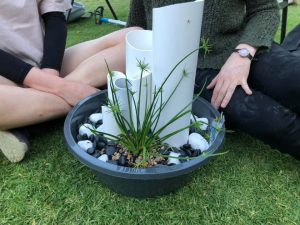
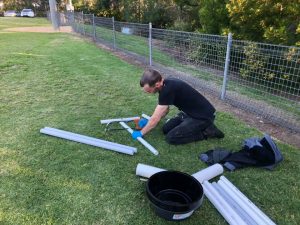
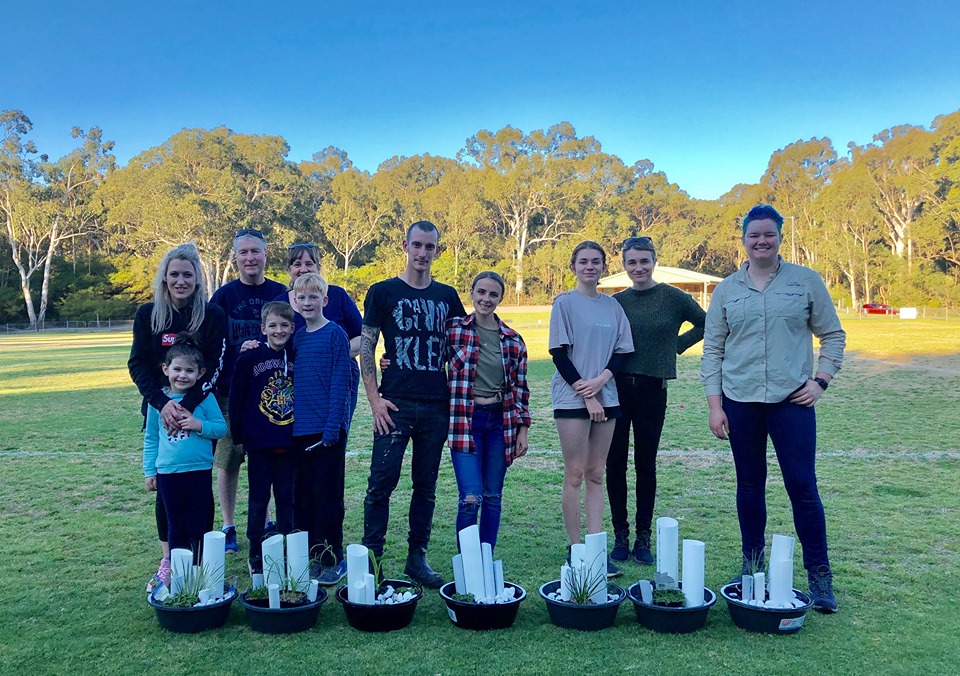

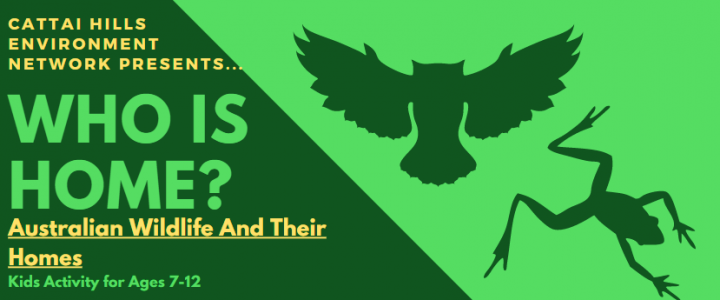

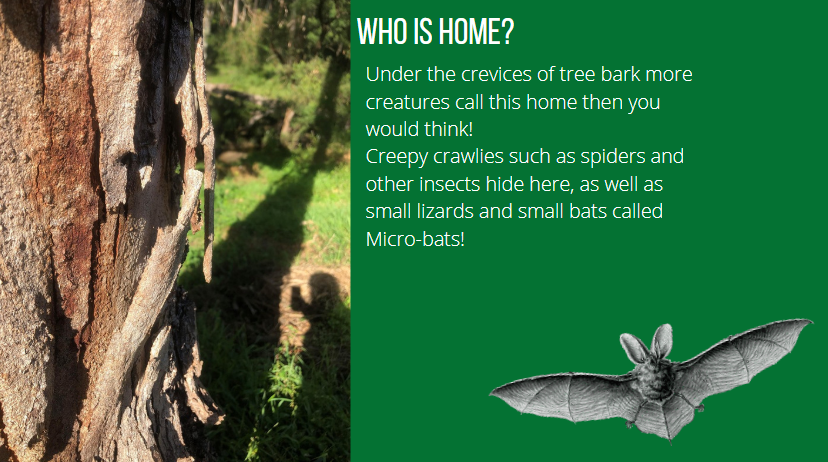


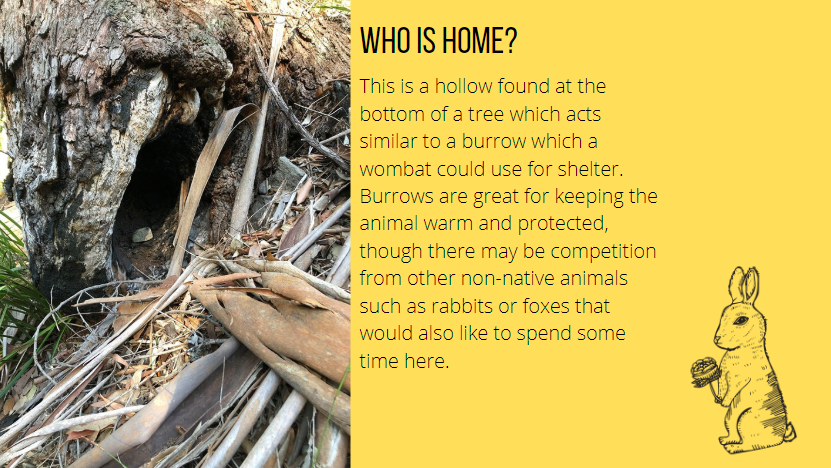
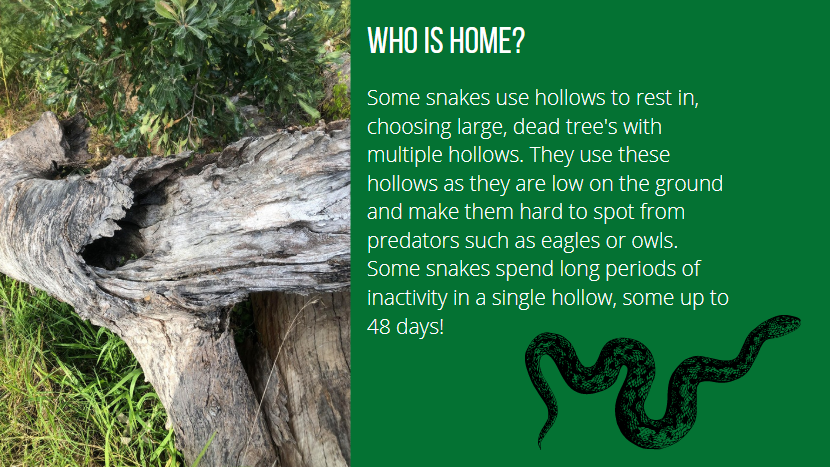


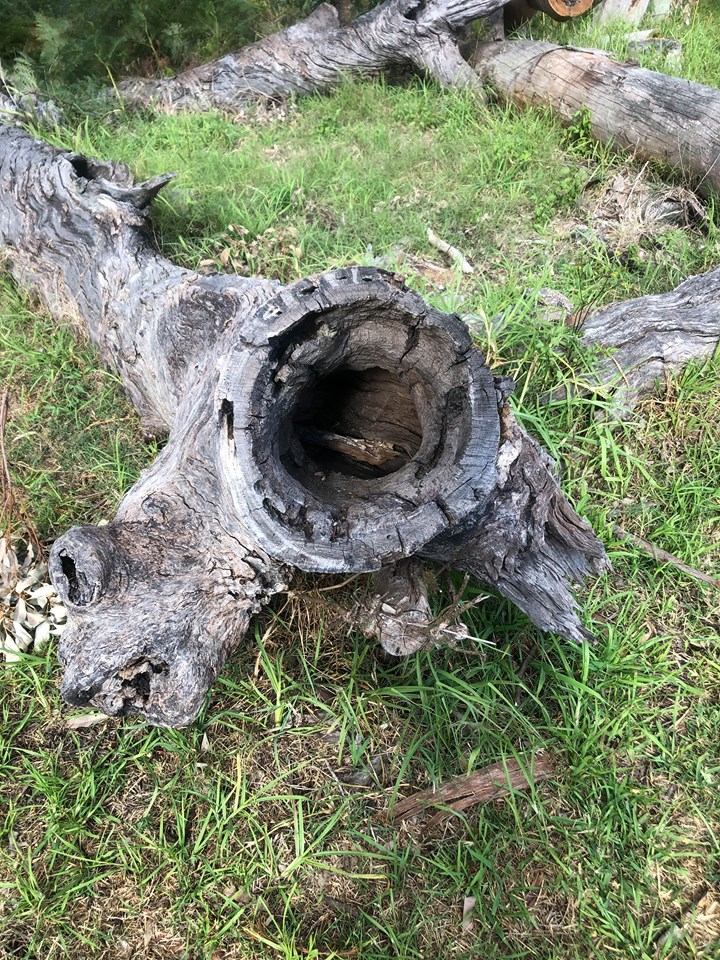
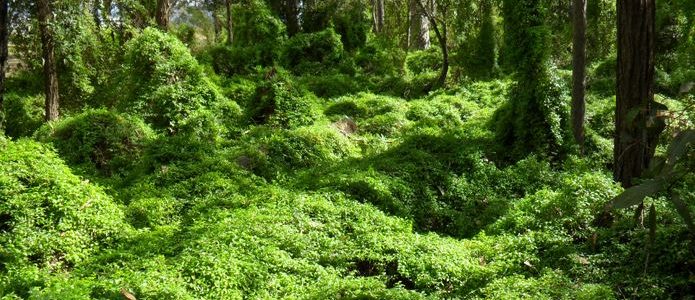
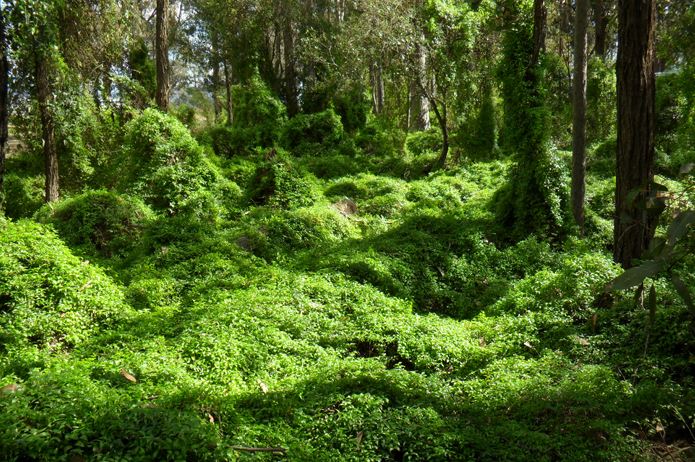



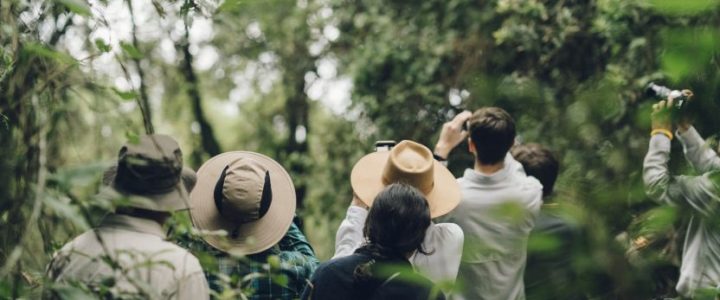


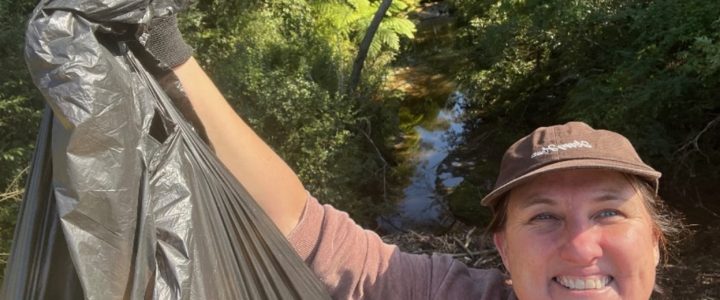
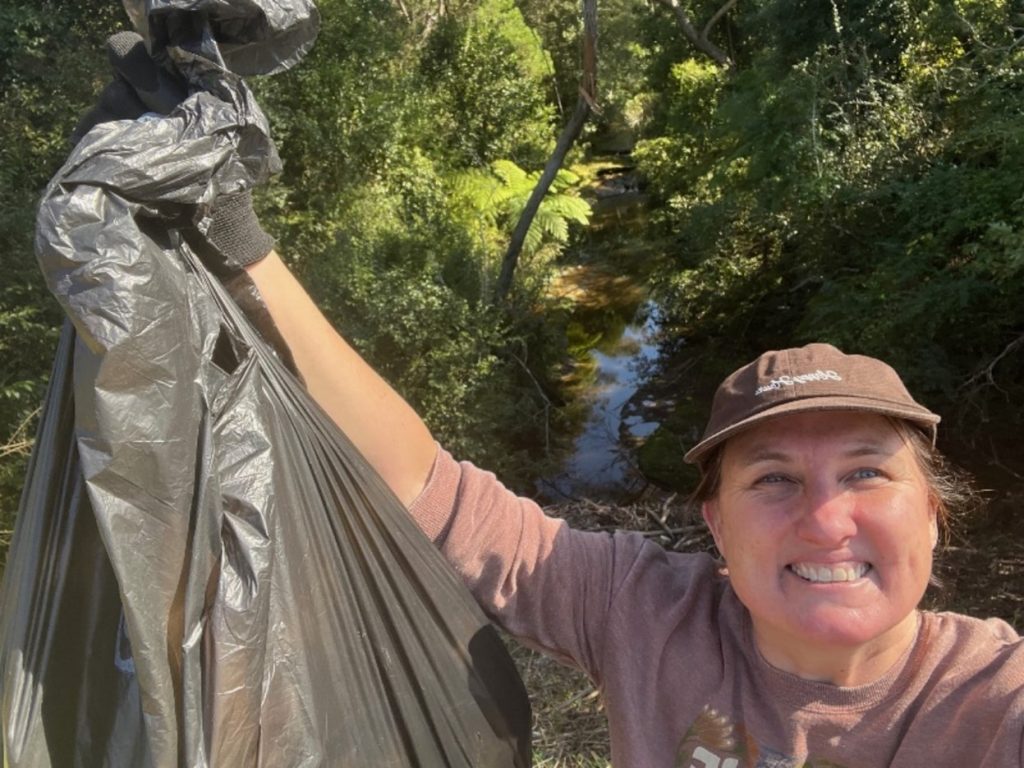
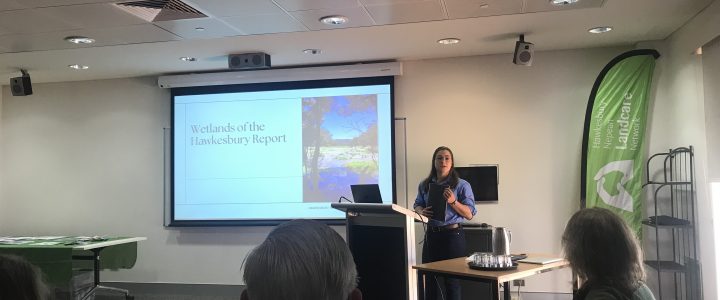
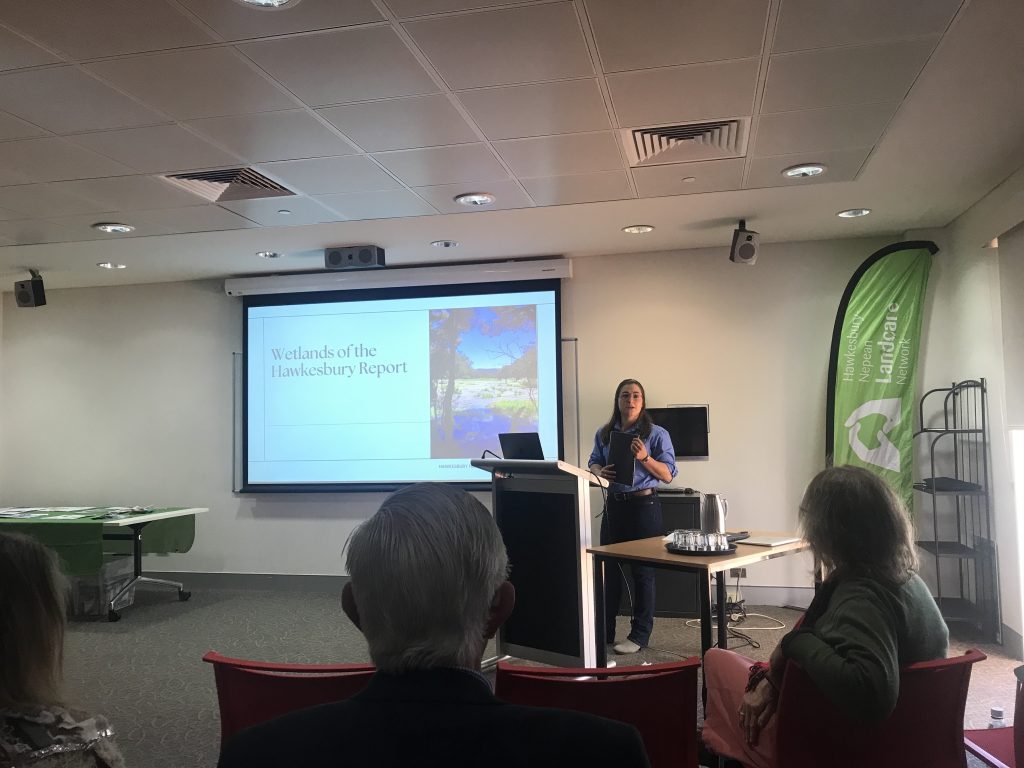
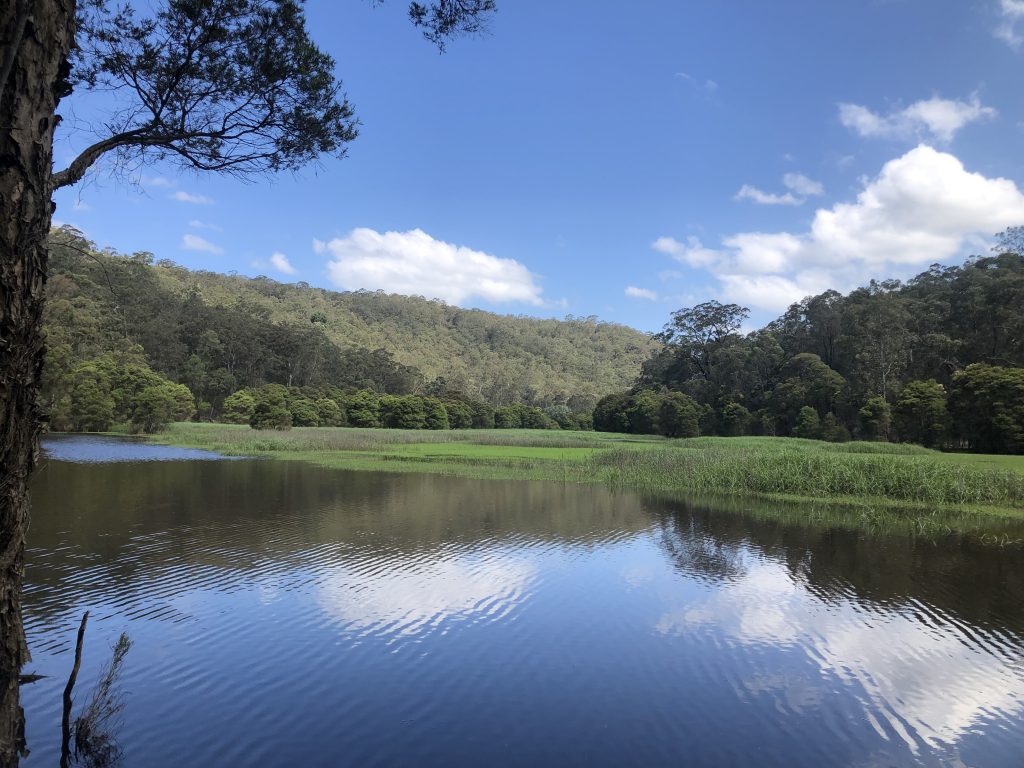
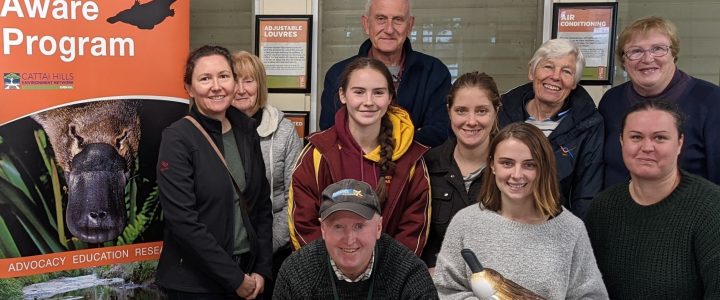


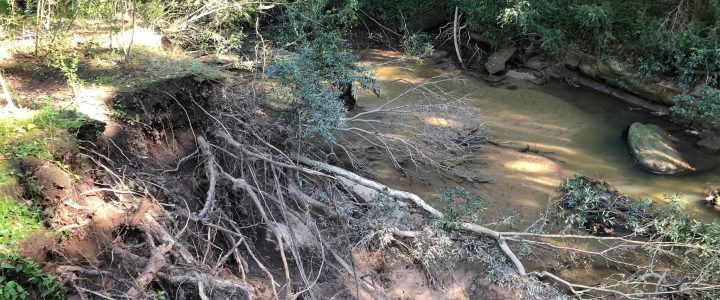
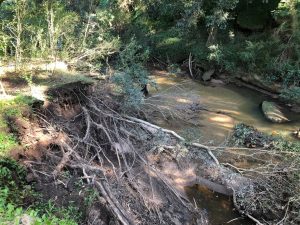


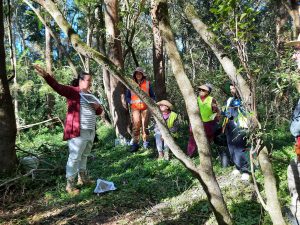

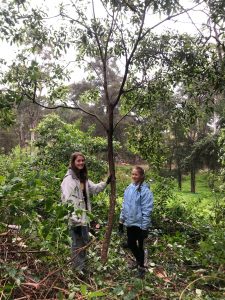
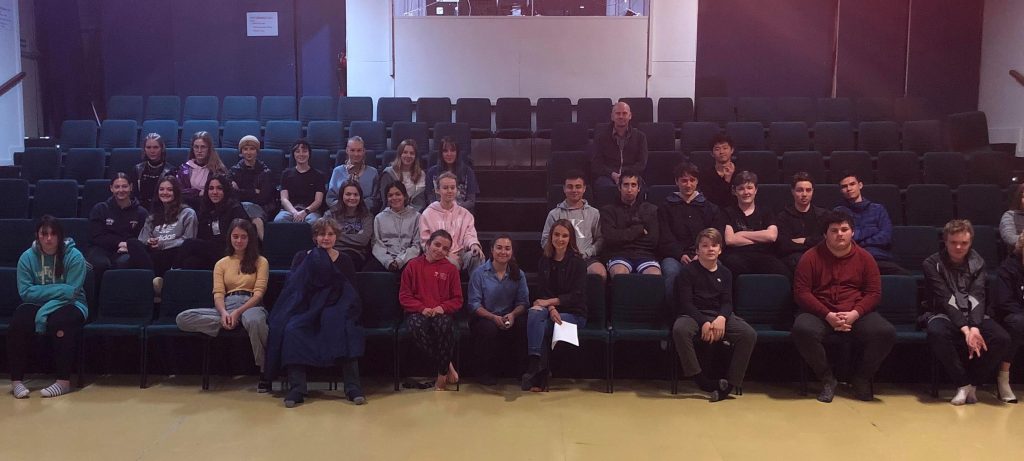








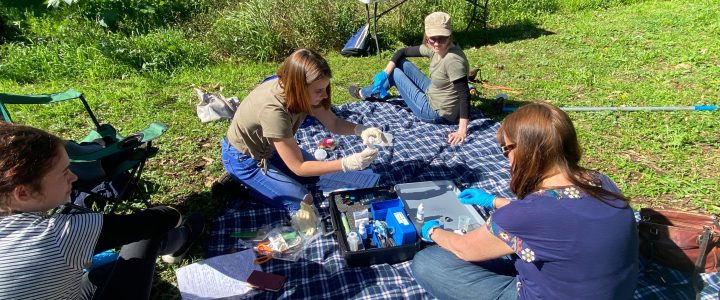
 community engagement side of things, volunteering with a group that increases knowledge and gives you valuable skills, will be very beneficial to your future career.
community engagement side of things, volunteering with a group that increases knowledge and gives you valuable skills, will be very beneficial to your future career.